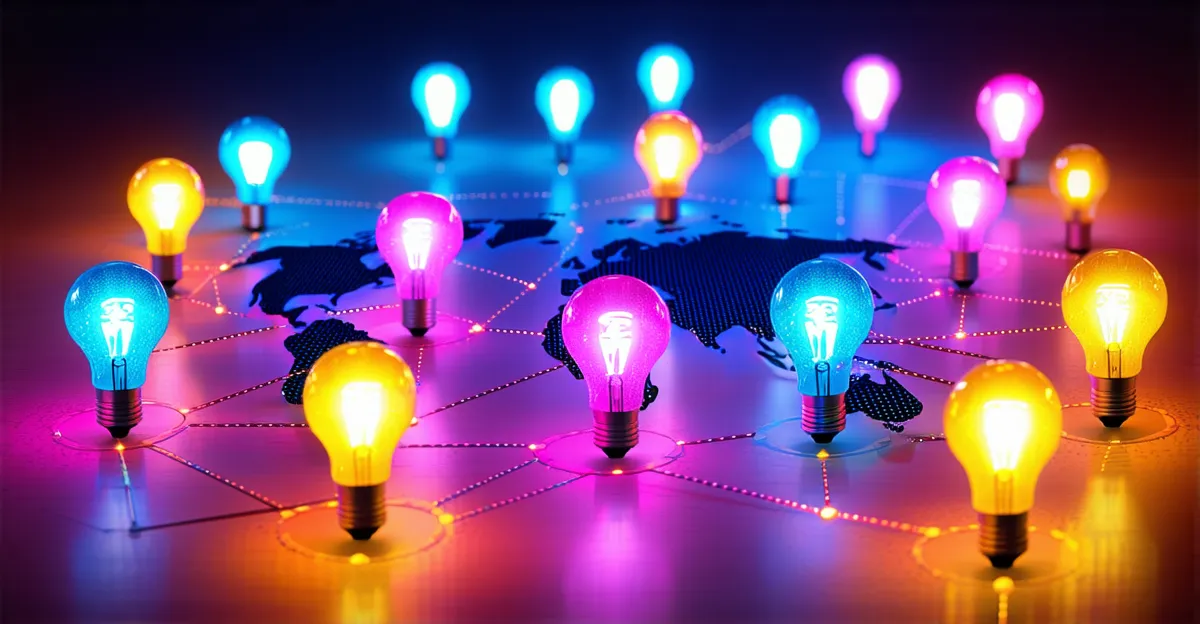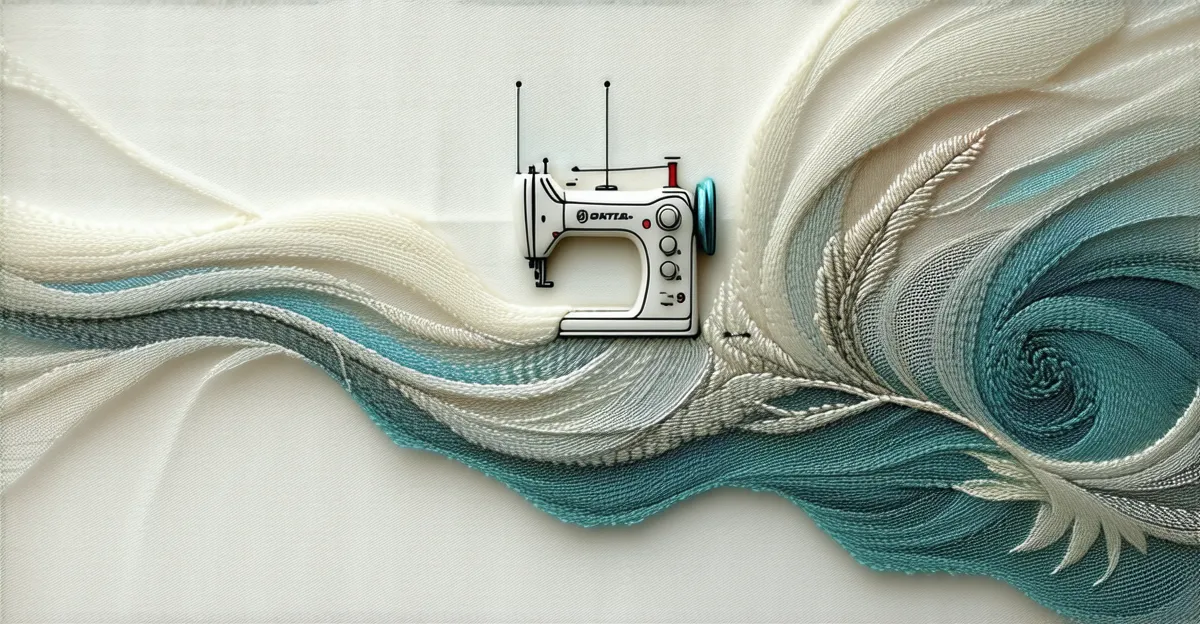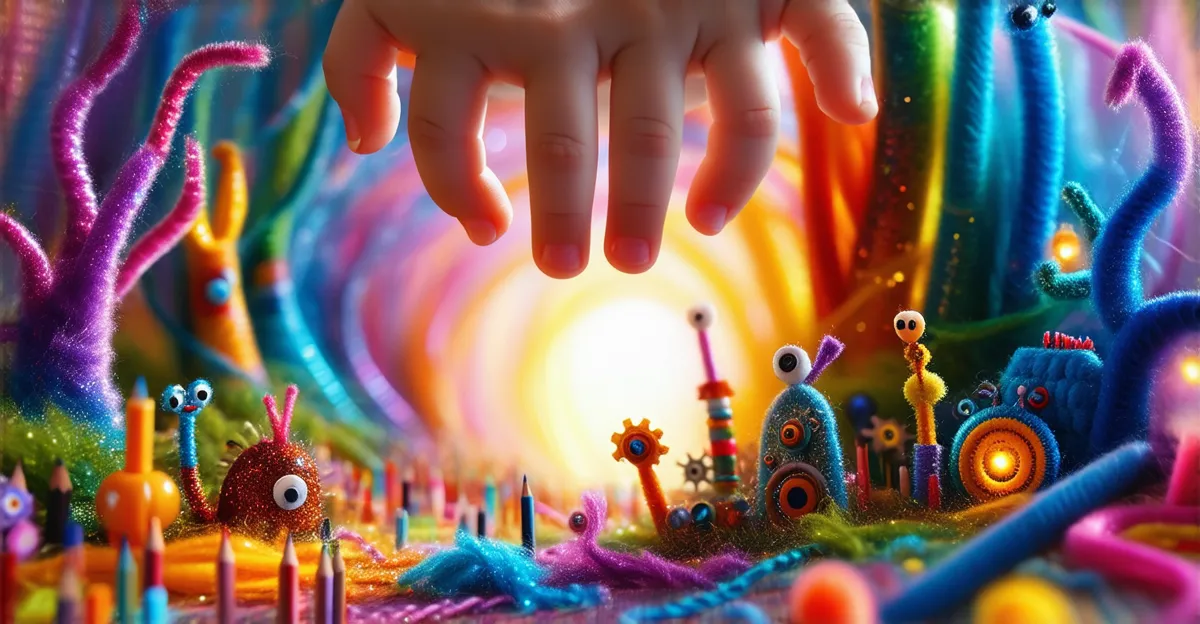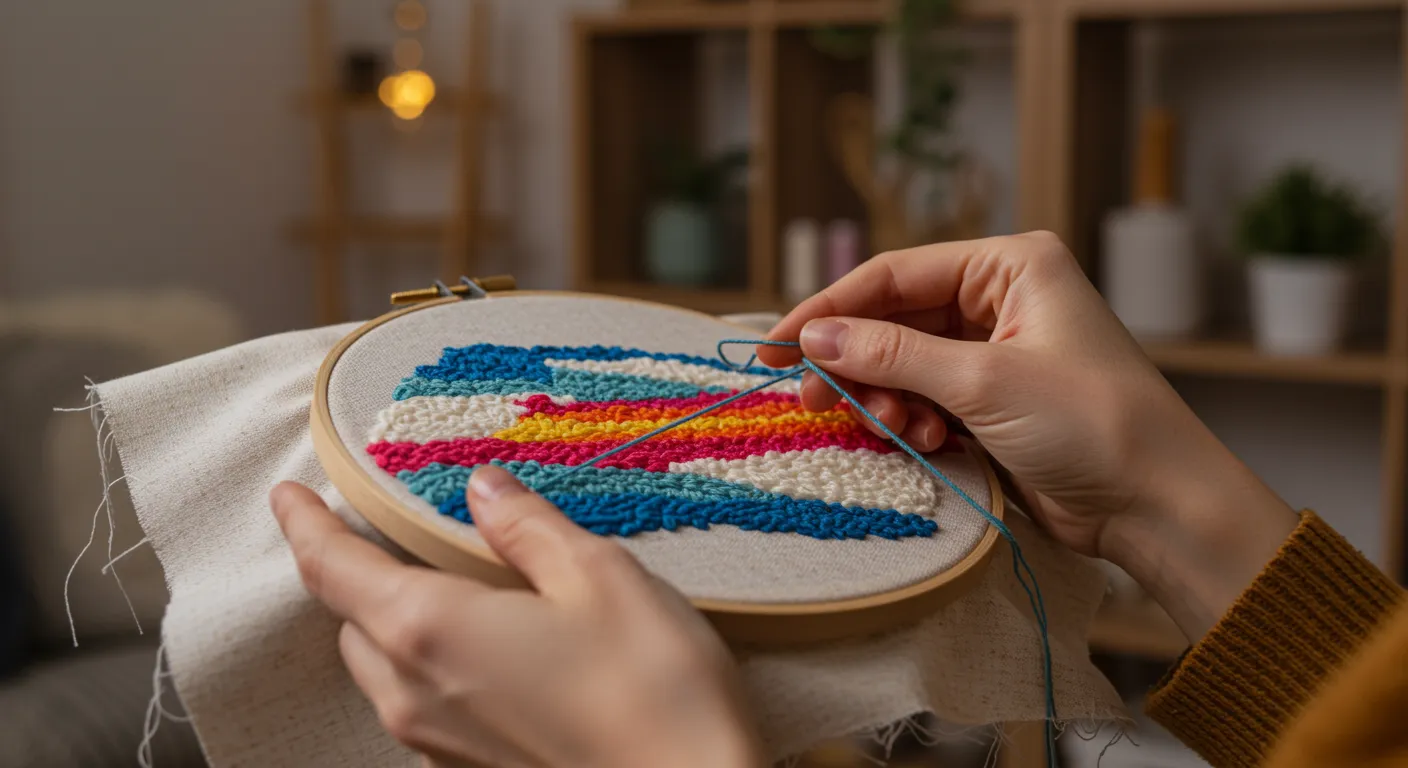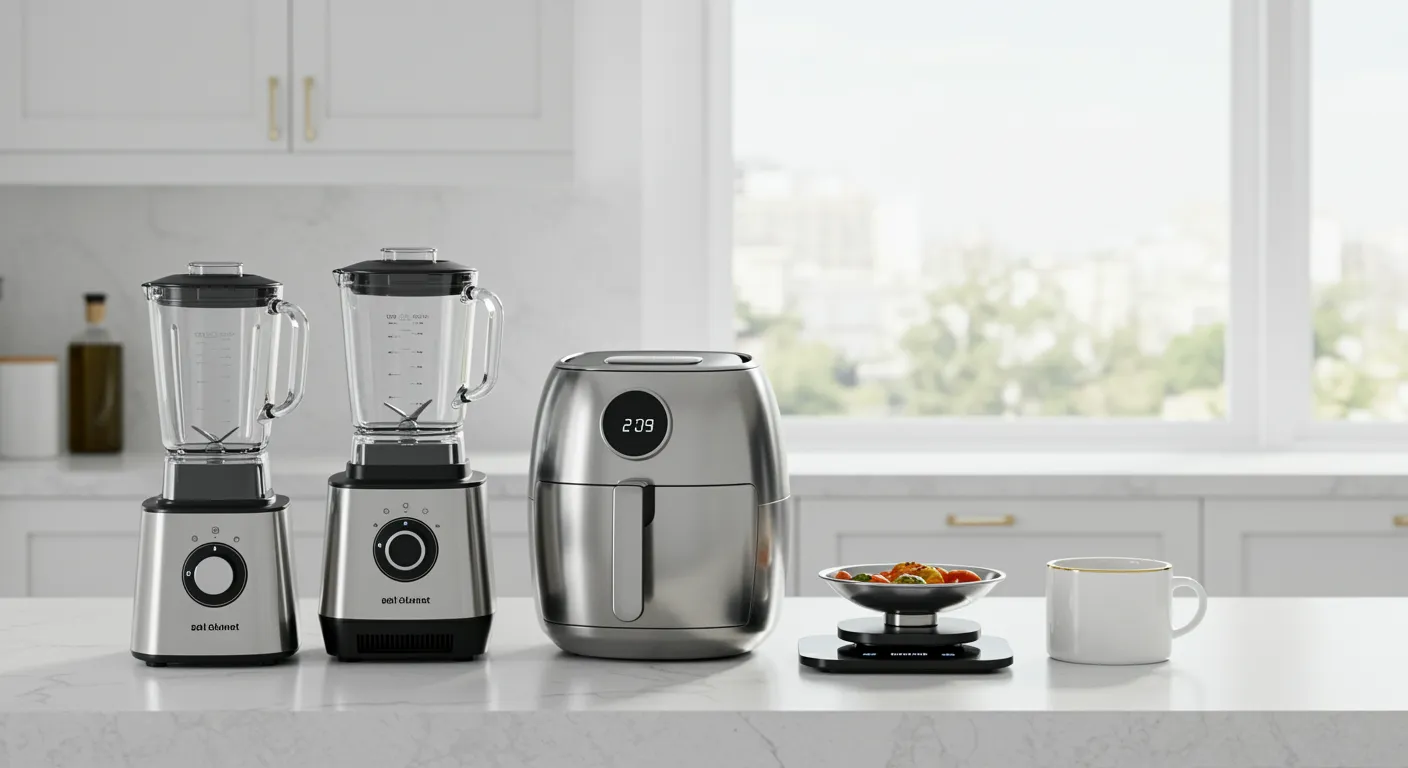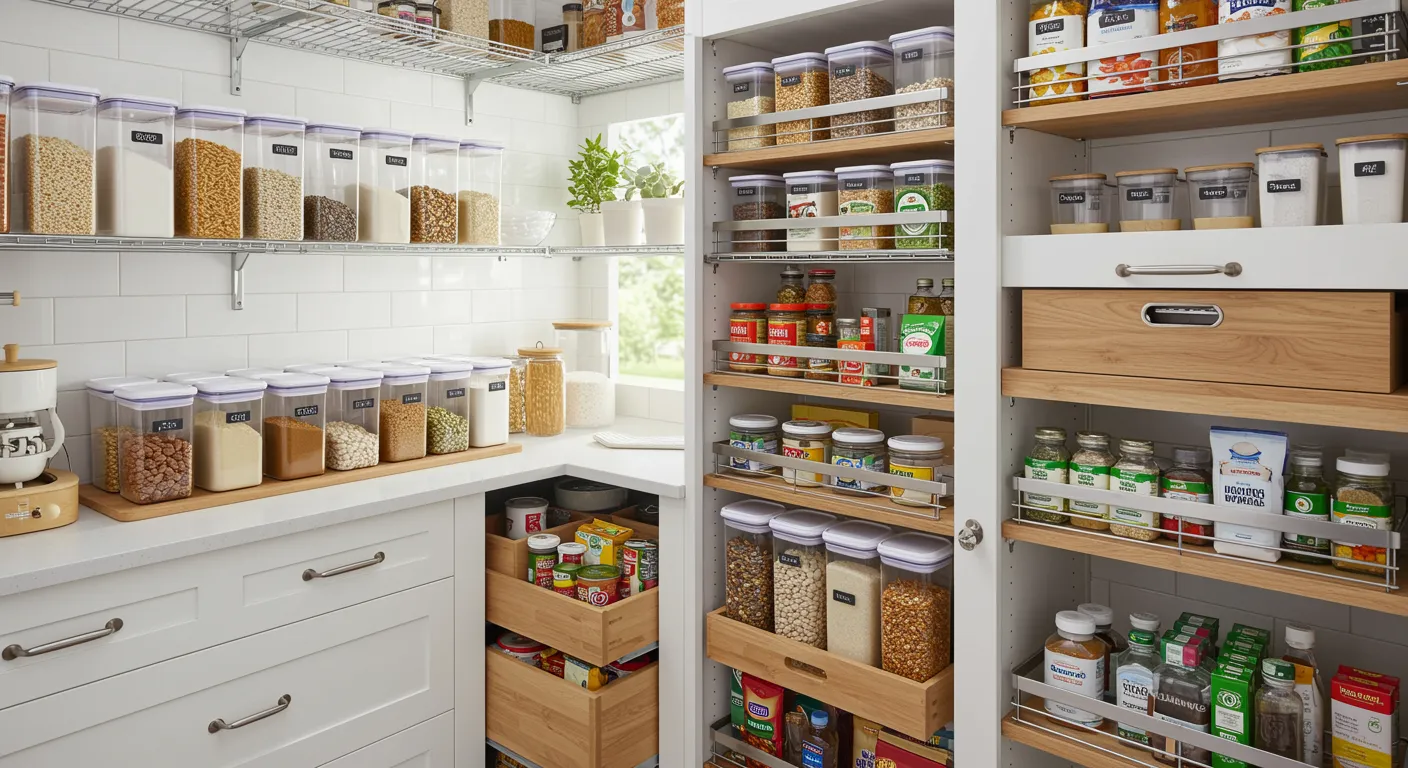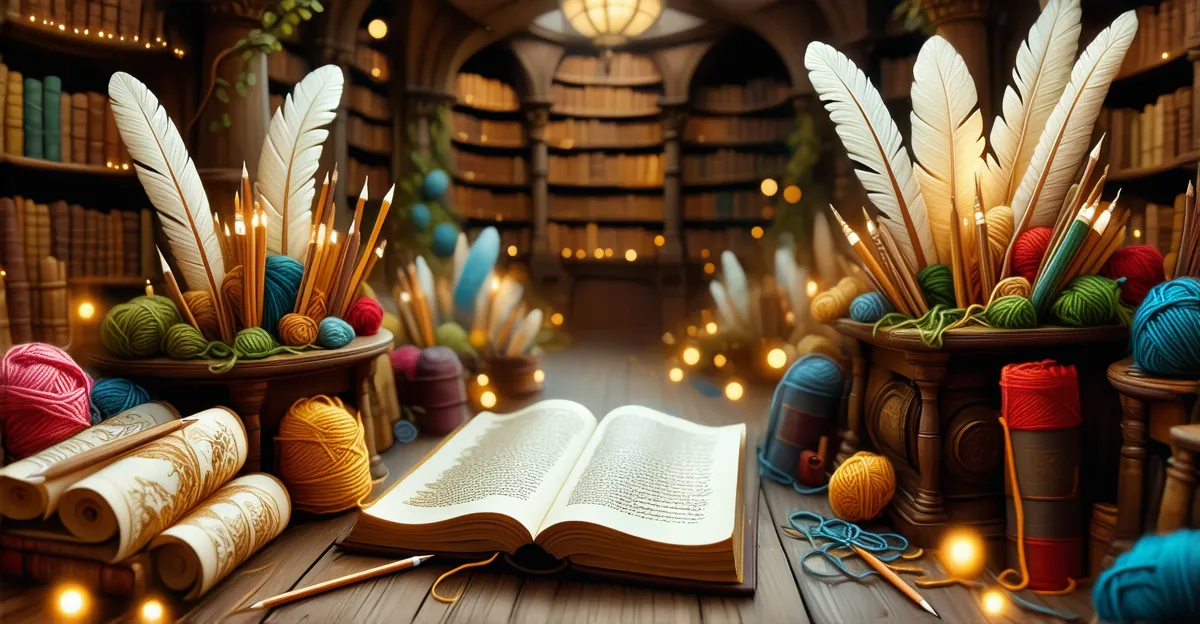
Knit Wit: Your Essential, Up-to-Date Guide to Knitting Needles and Yarn
Quick Picks: Our Top Product Recommendations
A fast overview of our top picks—scroll to see all, or jump to details below.
Knit Wit: Your Essential, Up-to-Date Guide to Knitting Needles and Yarn
Knitting, a craft steeped in history and creativity, has experienced a vibrant resurgence in recent years. More than just producing cozy sweaters and stylish scarves, it's a meditative practice, a path to self-expression, and a way to connect with a rich tradition. But whether you're a complete beginner taking your first tentative stitches or a seasoned knitter looking to expand your horizons, the sheer variety of tools available can be overwhelming. At the heart of this craft lie two fundamental elements: knitting needles and yarn. Understanding their interplay and the vast array of choices within each category is paramount to unlocking your full knitting potential.
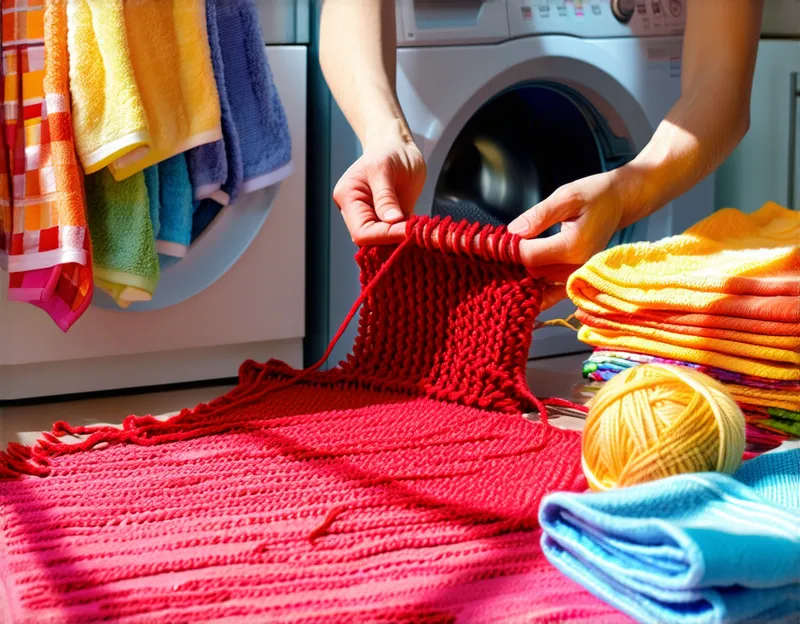
This is where this comprehensive guide comes in. We're going to embark on a deep dive into the world of knitting needles and yarn, exploring their evolution, the intricate details that differentiate them, and most importantly, providing you with current, verified recommendations to help you make informed decisions in today's market. The landscape of knitting supplies is constantly evolving, with new materials, innovative designs, and a wealth of beautiful yarn options emerging regularly. Relying on outdated information can lead to frustration and suboptimal results. We've utilized extensive internet research to bring you the most relevant and up-to-date insights, ensuring your knitting journey is smooth, enjoyable, and successful.
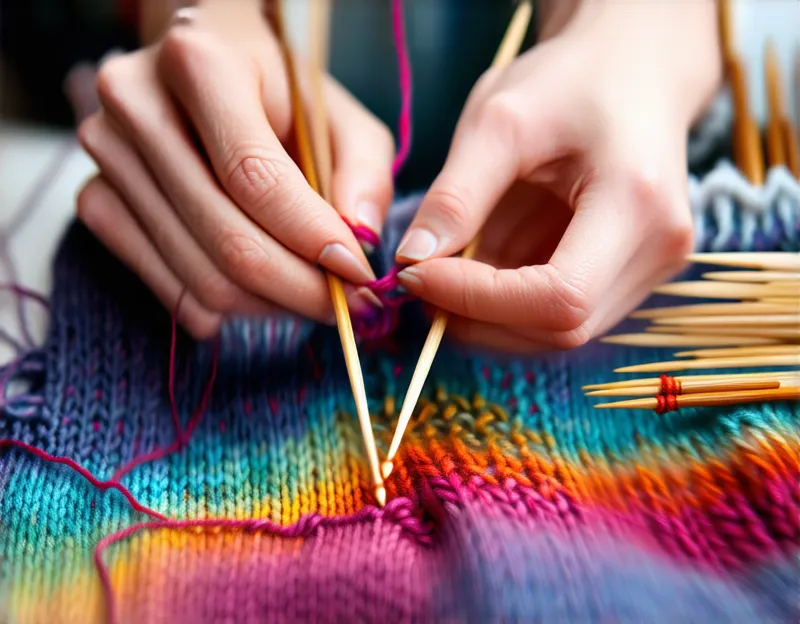
From the ancient art of looping threads into fabric to the cutting-edge ergonomics of modern needles and the sustainable sourcing of luxurious fibers, the journey of knitting is a fascinating one. This guide will illuminate the path, providing you with the knowledge and confidence to choose the perfect tools for your next project.
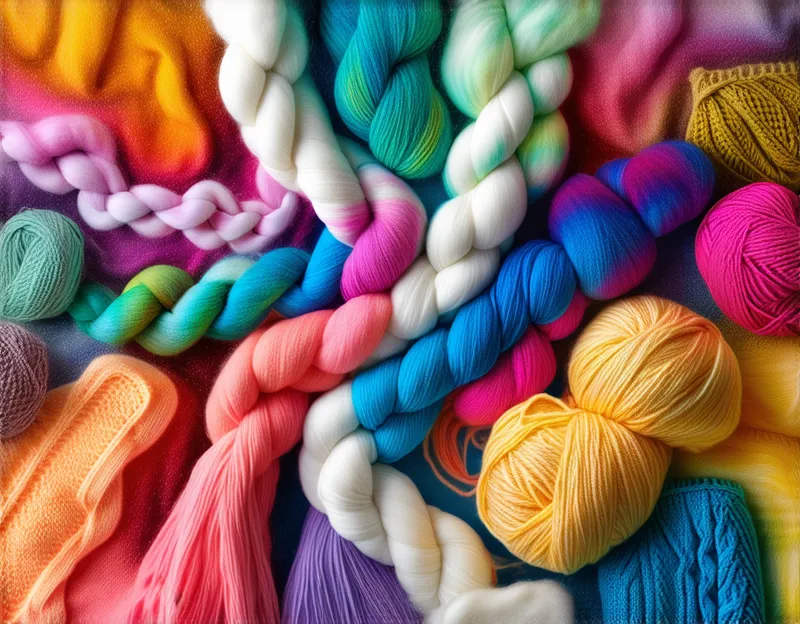
The Foundation of Fabric: Understanding Knitting Needles
Knitting needles are the essential instruments that allow us to manipulate yarn and create knitted fabric. While their basic function remains constant – holding loops of yarn and creating new ones – the variety in their design, material, and size is vast, each impacting the knitting process and the finished product. Understanding these differences is crucial for choosing the right needles for your project and your personal knitting style.
Historically, knitting needles were crafted from readily available materials like bone, ivory, and wood. As technology advanced, metal needles became more prevalent, offering durability and a smooth glide. Today, we have access to an even wider range, each with its own unique characteristics and benefits.
Types of Knitting Needles:
- Single-Pointed Needles: These are the most common type, featuring a point at one end and a stopper at the other. They are used for knitting flat pieces, back and forth in rows. They come in various lengths, influencing how many stitches you can comfortably hold.
- Double-Pointed Needles (DPNs): With points at both ends, DPNs are used for knitting in the round, such as socks, hats, and sleeves. They typically come in sets of four or five, distributing the stitches among several needles.
- Circular Needles: These consist of two needle tips connected by a flexible cable. They are incredibly versatile and can be used for both knitting in the round (for larger projects than DPNs) and for knitting flat pieces that are too wide for single-pointed needles. They are available in a multitude of cable lengths.
- Interchangeable Circular Needles: A popular choice for many knitters, these sets allow you to screw different-sized needle tips onto various cable lengths, offering immense flexibility and reducing the need to buy multiple fixed circular needles.
Materials and Their Impact:
The material of your needles profoundly affects your knitting experience.
- Bamboo/Wood: These needles are lightweight and have a slightly grippier surface, which can be helpful for beginners as it prevents stitches from slipping off easily. They are also warm to the touch and environmentally friendly.
- Metal (Aluminum, Brass, Nickel-Plated): Metal needles are known for their speed and smooth glide, allowing stitches to move effortlessly. They are durable and come in a wide range of sizes. Some knitters find them cooler to the touch.
- Plastic/Acrylic: These are often the most affordable option and come in a wide array of colors. They are lightweight but can be prone to static, which might snag certain yarns.
- Carbon Fiber: A newer material in knitting needles, carbon fiber offers a balance of strength, lightness, and a slightly textured surface that provides good grip without being too slow.
Key Factors to Consider When Choosing Needles:
- Project Type: Flat knitting requires single-pointed or circular needles. Knitting in the round uses DPNs or circular needles.
- Yarn Type: Slippery yarns like silk or bamboo may benefit from grippier needles (bamboo/wood), while sticky yarns like mohair might work better with smoother needles (metal).
- Personal Tension and Speed: Some knitters prefer the speed of metal, while others find bamboo more comfortable and better for regulating tension.
- Hand Comfort: The weight and feel of the needles in your hands are important for preventing fatigue, especially during long knitting sessions. Experimenting with different materials can help you find what feels best.
- Budget: Needle prices vary widely depending on material and brand. Beginners often start with more affordable options and invest in higher-quality sets as their skills develop.
- Ergonomics: Some needles are designed with ergonomic features to reduce strain on your wrists and hands. Look for reviews that mention comfort during extended use.
- Connectivity (for Circular and Interchangeable): Ensure the cables on circular needles or the joins on interchangeable sets are smooth and don't snag the yarn.
Now, let's look at some highly-regarded knitting needles currently available, based on our research into current market trends, availability, and user reviews:
✨ Discover More You Might Like





ChiaoGoo Red Lace Circular Needles
Buy on AmazonThe joins between the needle tips and the cable are precision-machined, ensuring a smooth transition that prevents yarn from snagging – a common frustration with lower-quality circular needles. These needles are designed for durability and are built to last through countless projects. They are available in an extensive range of sizes and cable lengths, making them suitable for everything from socks and lace to large sweaters and blankets. While they may come with a slightly higher price tag than some entry-level options, the investment is often considered worthwhile by experienced knitters who value quality tools. However, it is worth noting that the stainless steel tips are quite sharp, which is excellent for picking up stitches easily, but might require a bit more caution for those not used to sharp needles or when working with very fine yarns.





Addi Turbo Circular Needles
Buy on AmazonThe defining characteristic of Addi Turbos is their slickness, which is a major advantage for many knitters. However, for beginners or those who naturally knit with a looser tension, this extreme slickness can paradoxically be a drawback, as stitches might slip off the needles too easily. While the nickel plating is generally very durable, there have been some anecdotal reports of it wearing off after many years of intensive use, though this is not a widespread issue. Overall, Addi Turbos are a premium choice for experienced knitters who prioritize speed and enjoy the feel of metal needles.





circular knitting needles bamboo
Buy on AmazonHowever, the grippy nature of bamboo also means that stitches don't slide as quickly as on metal needles, which can result in a slightly slower knitting pace for some. While generally durable for their purpose, bamboo needles are inherently less robust than metal ones and can potentially snap or splinter if subjected to excessive force or rough handling. On more budget-friendly bamboo sets, the joins between the needle tips and the cable might not be as perfectly smooth as those on higher-end metal sets, occasionally causing yarn to snag if not handled carefully. Despite these minor drawbacks, bamboo circular needles remain a popular and accessible choice, particularly for those just starting out or who prefer a warmer, less slick knitting experience.





Knitter's Pride Dreamz Deluxe Interchangeable Needle Set
Buy on AmazonThe Deluxe set typically includes a generous selection of needle sizes and cable lengths, providing ample options for various projects, from small circumference items to large blankets. A key feature is the inclusion of swivel cables, which rotate at the join and help prevent the cable from twisting while you knit, contributing to a smoother and more comfortable knitting experience. The joins between the needle tips and the cables are generally smooth, although some users occasionally report finding them slightly less seamless than those on the most premium metal interchangeable sets. As with all wood needles, durability is slightly less than metal, and proper care is needed to prevent damage. The beautiful color coding, while visually appealing, is specific to the Dreamz line and doesn't necessarily correspond to standard needle sizes across different brands.
The Heart of the Creation: Exploring Knitting Yarn
Yarn is the fiber that is transformed into fabric through the process of knitting. Its characteristics – fiber content, weight, twist, and color – are as crucial as your needles in determining the feel, drape, and appearance of your finished project. The world of yarn is incredibly diverse, offering a seemingly endless array of options to stimulate a knitter's creativity. Understanding these characteristics is essential for choosing the right yarn for your pattern and desired outcome.
Throughout history, yarn has been spun from various natural fibers available locally, such as wool from sheep, flax for linen, and cotton. The industrial revolution brought about synthetic fibers like acrylic, nylon, and polyester, expanding the possibilities and affordability of yarn. Today, we have access to a global market with luxurious fibers like cashmere, silk, angora, and sustainable options like bamboo and recycled materials.
✨ Discover More You Might Like
Key Characteristics of Yarn:
- Fiber Content: This is the material the yarn is made from.
- Animal Fibers: Wool (sheep), Alpaca, Mohair, Cashmere, Angora, Silk. Offer warmth, elasticity, and unique textures.
- Plant Fibers: Cotton, Linen, Bamboo, Hemp, Rayon. Known for breathability, drape, and often coolness.
- Synthetic Fibers: Acrylic, Nylon, Polyester. Durable, often machine-washable, and cost-effective.
- Blends: Combinations of different fibers to leverage the benefits of each.
- Weight: This refers to the thickness of the yarn. Standardized systems classify yarn weight from Lace (thinnest) to Jumbo (thickest). Common weights include Fingering, Sport, DK, Worsted, Aran, and Bulky. The yarn weight dictates the size of needles typically used and the resulting gauge (stitches per inch).
- Plies: Yarn is made up of strands (plies) twisted together. The number and tightness of plies affect the yarn's strength, drape, and stitch definition.
- Texture: Yarn can have various textures, from smooth and even to bumpy (bouclé), fuzzy (mohair), or ribbon-like. Texture significantly impacts the look and feel of the finished fabric.
- Color: Yarn comes in a vast spectrum of colors, dye methods (solid, variegated, speckled, gradient), which dramatically influences the visual appeal of your project.
- Dye Lot: Variations can occur between dye batches of the same colorway. It's crucial to buy enough yarn from the same dye lot for your project to avoid color inconsistencies.
- Care Instructions: Different fibers require different care (hand wash, machine wash, dry flat, etc.). Always check the yarn label.
Choosing the Right Yarn:
- Pattern Requirements: Most patterns specify a recommended yarn weight and fiber type. Using a different weight will affect the finished size, and a different fiber will affect the drape and feel.
- Project Purpose: A sweater needs warmth and elasticity (wool), while a summer top benefits from breathability (cotton, linen). Durability is important for socks (often with nylon).
- Desired Drape and Feel: Do you want a stiff fabric or a soft, flowing one? Fiber content plays a major role here.
- Gauge: Always knit a swatch to ensure your gauge matches the pattern, adjusting needle size as needed.
- Budget: Yarn prices vary significantly based on fiber content and brand. Natural luxury fibers are generally more expensive than synthetics.
- Allergies: Consider any fiber allergies (e.g., to wool) when choosing yarn.
- Current Trends and Sustainability: Many knitters are increasingly drawn to sustainably sourced fibers and artisanal hand-dyed yarns.
Here are some popular and currently well-regarded yarn recommendations, representing a range of fibers and uses, based on our internet research into their current availability and user reviews:





Malabrigo Worsted
Buy on AmazonAs a worsted weight yarn, Malabrigo Worsted is highly versatile and suitable for a vast array of knitting patterns. It's a go-to choice for many knitters for everyday wear items. However, being 100% Merino wool, hand-washing is generally recommended to maintain the yarn's softness and prevent felting. Due to the nature of hand-dyeing, there can be significant color variation not only between different dye lots but sometimes even within the same skein. For projects requiring multiple skeins, it's essential to purchase enough from the same dye lot and alternate skeins every couple of rows or rounds to blend the colors seamlessly and avoid noticeable shifts. While generally durable, some users report that Malabrigo Worsted can pill slightly with heavy friction, which is a common characteristic of soft, single-ply wools.



Lion Brand Vanna's Choice Yarn
Its durability makes it a great choice for items that will see significant wear and tear, and its affordability makes it excellent for practicing stitches or for charity knitting projects where cost-effectiveness is important. However, as an acrylic yarn, it lacks the natural feel and drape of animal or plant fibers. Some knitters find it can feel a bit stiff or "plastic-like" compared to wool or cotton. While it works well for many projects, the stitch definition might not be as sharp or crisp as you would achieve with a plied wool yarn, which could be a consideration for patterns with intricate textures. Despite these points, Vanna's Choice remains a go-to yarn for many due to its practicality, wide availability, and budget-friendly price.
We Are Knitters The Wool
One of the main considerations with The Wool is its price point, which is higher than most commercially available yarns, reflecting both the fiber quality and the brand's focus on modern crafting. Due to its super bulky nature, there is significantly less yardage per skein compared to thinner yarns, meaning you will need to purchase quite a few skeins for larger projects like blankets, which can add up in cost. Some users report that the yarn can shed slightly, particularly when new. As it's 100% wool, hand washing is required to maintain its quality. Despite these factors, The Wool remains a favorite for those seeking to create quick, stylish, and incredibly cozy items with a luxurious feel.
✨ Discover More You Might Like
Berroco Ultra Alpaca
For a natural fiber blend, Ultra Alpaca is surprisingly durable, holding up well to regular wear. It provides a good balance of luxury and practicality. However, as it contains Peruvian wool, it may not be suitable for individuals with wool allergies. Some knitters have noted that the yarn can occasionally split as they knit, depending on their technique and needle type, which might require a little extra care while working. Like most natural fiber blends of this quality, hand washing is recommended to maintain the yarn's integrity and feel. Overall, Berroco Ultra Alpaca is a highly regarded yarn that offers a luxurious feel and excellent performance at a very reasonable price point for a natural fiber blend.





Sugar 'n Cream Cotton Yarn
Buy on AmazonA major advantage of this yarn is its easy care: it's machine washable and can be machine dried, which is essential for items like dishcloths that need frequent cleaning. It's also one of the most inexpensive and widely available yarns on the market, making it a budget-friendly option for everyday projects and practicing skills. However, being 100% cotton, it lacks the elasticity of wool, which some knitters find makes it stiffer and potentially harder on their hands over long knitting sessions. It also doesn't have the same drape as animal fibers, making it less suitable for garments where a soft, flowing fabric is desired. While the colors are vibrant, they can fade over time with repeated washing, especially in hot water. Despite these characteristics, Sugar 'n Cream remains a reliable and popular choice for its intended uses due to its durability, absorbency, and affordability.
More Factors to Deeply Consider Before You Buy
Beyond the fundamental characteristics of needles and yarn, there are several other factors that experienced knitters consider when building their toolkit and planning projects. Thinking about these elements proactively can save you time, frustration, and money in the long run.
- Gauge and Swatching: We touched on gauge briefly regarding yarn weight, but its importance cannot be overstated. Gauge is the number of stitches and rows per inch (or centimeter) in a knitted fabric using a specific yarn and needle size. Achieving the correct gauge is absolutely critical for ensuring your finished project matches the dimensions specified in the pattern. Always knit a swatch (a small sample square) before starting a project. Wash and block the swatch as you would the finished item, as this can significantly change the gauge, particularly with natural fibers. If your gauge is too loose, you need to use smaller needles; if it's too tight, you need larger needles. Ignoring swatching is one of the most common reasons knitting projects turn out the wrong size.
- Finding the Right Needle Size for Your Yarn: While yarn labels often recommend a needle size, this is just a starting point. Your personal tension plays a huge role. Some knitters knit tighter than average, while others are looser. This is where swatching becomes crucial. The recommended needle size on the label will give you a rough idea, but your swatch is the true determinant of which needle size you need to match the pattern's gauge for that specific yarn with your unique tension.
- Storage and Organization: As your collection of needles and yarn grows, organizing them becomes essential. Investing in needle cases, project bags, and yarn storage solutions can help keep your supplies tidy, protected, and easily accessible. This prevents damage to needles and keeps your yarn free from tangles, dust, and pests.
- Maintenance and Care of Needles: Different needle materials require different care. Metal needles can be wiped clean. Wood and bamboo needles should be kept dry and occasionally conditioned with a wood wax to prevent them from drying out or splintering. Proper storage in a case also helps prevent bending or breaking.
- Yarn Care and Blocking: Understanding the care instructions for your yarn is vital for maintaining the quality of your finished item. Many natural fibers require hand washing in cool water and drying flat to maintain their shape and prevent shrinkage or felting. Blocking is the process of shaping and setting your knitted fabric after washing or wetting. It can dramatically improve the drape, even out stitches, and open up lace patterns. Different fibers respond differently to blocking. Wool and other animal fibers block exceptionally well, while acrylic may require steam blocking.
- Building a Versatile Needle and Yarn Stash: Over time, you'll likely accumulate a collection of needles and yarn. Consider building a versatile stash that allows you to tackle a wide range of projects without needing to buy new supplies for every single item. A good set of interchangeable needles can be a great investment for needle versatility. For yarn, having a selection of common weights in versatile colors is helpful.
- Budgeting for Supplies: Knitting can be an expensive hobby, especially if you gravitate towards luxurious fibers. Set a budget for your projects and consider the cost per yard of yarn, as thicker yarns with less yardage per skein can be more expensive than they initially appear. Look for sales and consider purchasing less expensive fibers for practice or for projects where a luxurious feel isn't the top priority.
- Online Communities and Resources: The knitting community is vast and supportive, both online and offline. Websites like Ravelry are invaluable for finding patterns, connecting with other knitters, and researching yarn and needle reviews. Online stores dedicated to knitting supplies offer a wider selection than many local craft stores.
Concluding Thoughts and Final Advice
Embarking on a knitting project with the right tools is not just about making the process easier; it's about enhancing the joy of the craft and ensuring the outcome is something you're truly proud of. Knitting needles and yarn are the fundamental building blocks, and understanding their nuances, from the glide of a steel needle to the drape of an alpaca yarn, empowers you to make choices that align with your creative vision and practical needs.
We've delved into the history, types, and key considerations for both needles and yarn, incorporating up-to-date insights from the current market and highlighting some currently recommended options based on recent research and user feedback. Remember that the "best" needle or yarn is ultimately subjective and depends on your personal preferences, project requirements, and budget. Don't be afraid to experiment with different materials and types as your skills grow.
The importance of considering current product information cannot be overstated. Needle manufacturing techniques improve, yarn blends evolve, and new fibers become available. Relying on outdated advice might lead you to purchase products that have been superseded or have known issues that have been addressed in newer models. Our internet research has aimed to provide you with timely and relevant recommendations to help you navigate today's market confidently.
As you plan your next knitting adventure, take the time to consider the factors we've discussed: the type of project, the desired fabric properties, your personal tension and knitting style, and the care requirements of the finished item. Utilize resources like online reviews and swatch before committing to a large amount of yarn.
Armed with this comprehensive and up-to-date guide, you are well-equipped to choose the perfect knitting needles and yarn to bring your creative ideas to life. Explore the detailed recommendations we've provided, drawing upon their pros and cons and descriptive text to see how they might fit your needs. With the right tools in hand, your knitting journey promises to be even more enjoyable and rewarding. Happy knitting!






